Resources
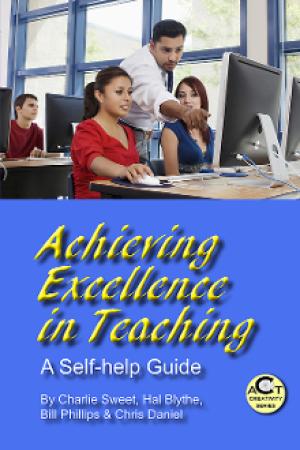
Click Here for Book Review Abstract: This book is designed not only to provide you with a tightly focused set of strategies, selecting only the most fundamental and powerful, but also to offer you a user-friendly method to access your level of success through employment of the strategies. With the authors’ goal of measurable self-improvement in mind, they’ve developed a set of rubrics keyed to each chapter, allowing you to assess where you currently stand as an instructor. Using a Likert scale, the rubrics ask you to evaluate such things as your attitude toward teaching, your alignment of student learning outcomes (SLOs) in your classes with those of larger academic units, and your delivery of class material. At the book’s end you’ll find a series of rubrics that replicate those in the earlier chapters. Comparison of your responses after experimenting with the various strategies offered throughout the text should provide a solid assessment of the handbook’s effectiveness. So, you may start today on a focused, fast path to achieving teaching excellence in your classrooms. (From the Publisher)
A creative organization of resources to support teachers created by the Carnegie Mellon Eberly Center for Teaching Excellence and Educational Innovation. Step 1: identify the problem you’re encountering (from a long list). Each problem is then described briefly. with links to possible reasons for the problem, each of which is then linked to various strategies to address the problem.
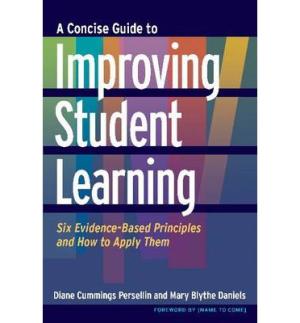
Click Here for Book Review Abstract: This concise guidebook is intended for faculty who are interested in engaging their students and developing deep and lasting learning, but do not have the time to immerse themselves in the scholarship of teaching and learning. Acknowledging the growing body of peer-reviewed literature on practices that can dramatically impact teaching, this intentionally brief book: * Summarizes recent research on six of the most compelling principles in learning and teaching * Describes their application to the college classroom * Presents teaching strategies that are based on pragmatic practices * Provides annotated bibliographies and important citations for faculty who want to explore these topics further This guidebook begins with an overview of how we learn, covering such topics such as the distinction between expert and novice learners, memory, prior learning, and metacognition. The body of the book is divided into three main sections each of which includes teaching principles, applications, and related strategies – most of which can be implemented without extensive preparation. The applications sections present examples of practice across a diverse range of disciplines including the sciences, humanities, arts, and pre-professional programs. This book provides a foundation for the reader explore these approaches and methods in his or her teaching. (From the Publisher)
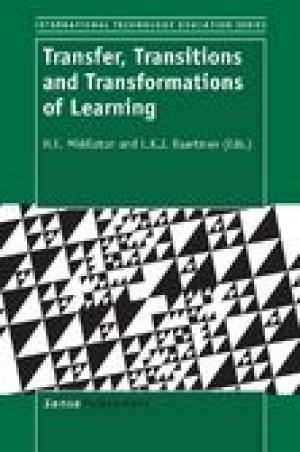
This book explores one of the enduring issues in educational research and one of the challenges for formal education. That is, understanding the relationship between learning in one context, setting or time and a subsequent related learning experience or activity. The chapters in the book examine the issue drawing on existing theory as starting points but using each author’s own research to push existing boundaries of what we know in terms of the ideas captured in the title of the book: transfer, transitions and transformations of learning. The chapters explore the issue through a range of approaches and settings including: possibilities for a concept-context approach to transfer, transfer between knowledge domains, transfer as an iterative process between contexts, transfer as boundary crossing between vocations, transfer as integration of theory and practice, transferring standards in assessment, representation in the transition from novice to expert, transformation of self through sustainability education, transforming identities of first year design and technology teachers and the role of implicit knowledge in understanding the relationship between declarative and procedural knowledge in the transition to expertise. This book should be of interest to teachers in schools and the adult education sector, research students, teacher educators, researchers and policy-makers who are involved in learning in, through or with technology. (From the Publisher)
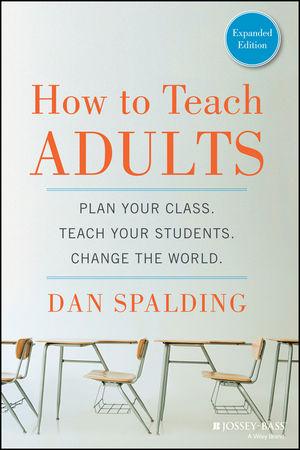
Your hands-on guide to teaching adults. . . no matter what the subject In this expanded edition of How to Teach Adults, Dan Spalding offers practical teaching and classroom management suggestions that are designed for anyone who works with adult learners, particularly new faculty, adjuncts, those in community colleges, ESL teachers, and graduate students. This reader-friendly resource covers all phases of the teaching process from planning what to teach, to managing a classroom, to growing as a professional in the field. How to Teach Adults can guide new instructors who are trying to get up to speed on their own or can help teacher trainers cover what their students need to know before they get in front of a class. It is filled with down-to-earth tips and checklists on such topics as connecting with adult students, facilitating discussions, and writing tests, plus everything you need to remember to put into your syllabus and how to choose the right textbook. Dan Spalding reveals what it takes to teach all students the skills they need to learn, no matter what the topic or subject matter. Full of vivid examples from real-world classrooms, this edition: Shows how to get started and tips for designing your course Includes information for creating a solid lesson plan Gives suggestions for developing your teacher persona How to Teach Adults offers the framework, ideas, and tools needed to conduct your class or workshop with confidence. (From the Publisher)
Twelve invited blog postings by faculty who have been involved in Wabash Center programs, reflecting on their experiences with various active learning classroom teaching strategies.
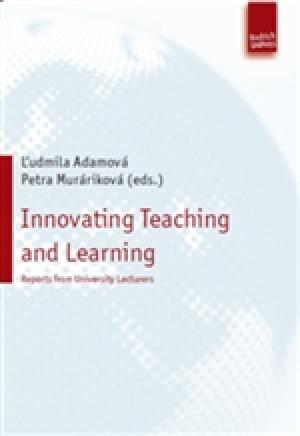
Click Here for Book Review Abstract: The book brings together unique teaching experiences of young researchers innovating their teaching and student learning and enhancing student engagement. Their teaching innovations serve as a valuable source of inspiration for other young teachers who face similar pedagogic problems.
This graphic, with relevant links to Wikipedia, attempts to briefly describe all the established learning theories. It also maps the theories graphically 1) to one another, 2) to their key concepts and "world views," 3) to the learning theorists that developed them, and 4) to the scientific disciplines from which they arise.
Five ideas on how to structure your course so students will stay engaged in your classroom and in the learning process.
"A short bulleted list of effective techniques when lecturing, from Stanford University's Teaching Commons. "